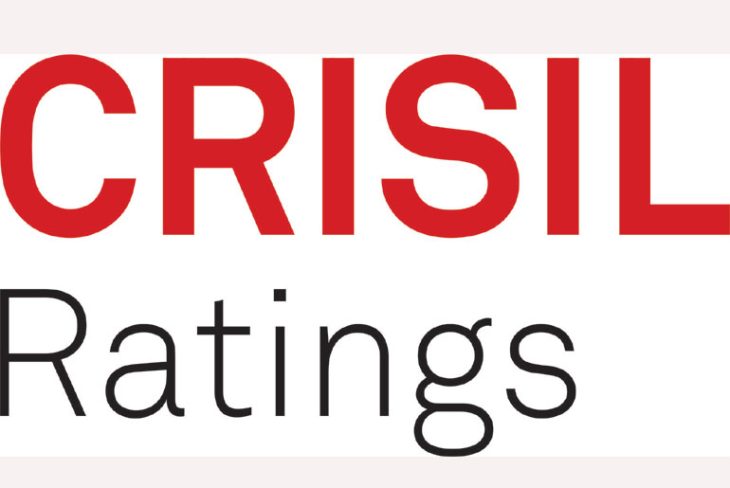
CRISIL Ratings: Flexible packaging players’ credit profiles to stay subdued this fiscal
Credit profiles of flexible packaging players will continue to remain subdued this fiscal on elevated debt levels, which had burgeoned, over the past three fiscals due to sizeable capacity expansions.
However, steady domestic demand (accounting for ~75% of sectoral volumes) and negligible capacity additions will partially offset the demand-supply imbalance this fiscal. Consequently, capacity utilization levels shall improve by 400-450 basis points (bps) and realizations will stabilize driving a modest 7-8% revenue recovery. This comes on the back of a steep 10-11% decline last fiscal as excess supply resulted in sharp drop in realisations (refer Chart in Annexure).
In the milieu, the operating margin will recover by 150-200 bps from the decadal low of ~6% last fiscal, backed by stable raw material prices and improving capacity utilisation. Operating margins had dropped ~430 bps last fiscal owing to lower operating leverage and sharp fall in realisations due to oversupply.
A CRISIL Ratings analysis of seven large flexible packaging players, accounting for over 60% of the domestic capacity, indicates as much.
The industry primarily comprises bi-axially oriented polypropylene (BOPP) and bi-axially oriented polyethylene (BOPET) films. BOPET films have diverse end-use applications due to their higher oxygen-retention power, high tensile strength, longer shelf life and better print quality. BOPP films, with better moisture resistance properties and lower cost, are ideal for packaging food products.
Says Shounak Chakravarty, Director, CRISIL Ratings, “Leverage for flexible packaging players will continue to remain high this fiscal owing to elevated debt levels which had nearly doubled over fiscals 2021-2024, as BOPP and BOPET players expanded their capacities by a staggering ~20% and ~45% respectively. However, negligible capacity addition, along with healthy domestic volume growth of 7-9% this fiscal, will bridge the demand-supply mismatch to some extent. Capacity utilisation, too, will improve to ~60% this fiscal from ~56% last fiscal, supporting realisations and revenue recovery.”
Domestic demand, comprising nearly three-fourths of the sectoral volume, will mirror the fast moving consumer goods (FMCG) segment, which accounts for more than 80%1 of flexible packaging demand. Growth in the FMCG sector will be driven by improving rural demand, supported by expectation of a good monsoon and higher MSPs, and stable urban demand.
Low capacity addition, stabilising realisations to aid in a modest revenue recovery of 7-8%
On the other hand, persistent weakness in the European Union and currency-related challenges in African markets will restrict export growth to 2-4% despite demand from the US picking up.
Says Rucha Narkar, Associate Director, CRISIL Ratings, “Reducing demand-supply imbalance, stable realizations and benign raw material prices (forming 65-70% of the overall cost structure) will improve operating margins to 7.5-8.0% this fiscal. That said, it will still remain below the historical average of 12-13%. Further, debt protection metrices like Debt to Ebitda (earnings before interest, taxes, depreciation and amortisation) and interest coverage will show only a marginal improvement to ~7.5 times and ~3.2 times, respectively, this fiscal from ~12.2 times and ~1.9 times in the previous fiscal.”
1 Food and beverage accounts for more than 70% of total demand, followed by personal care and pharmaceutical industries
